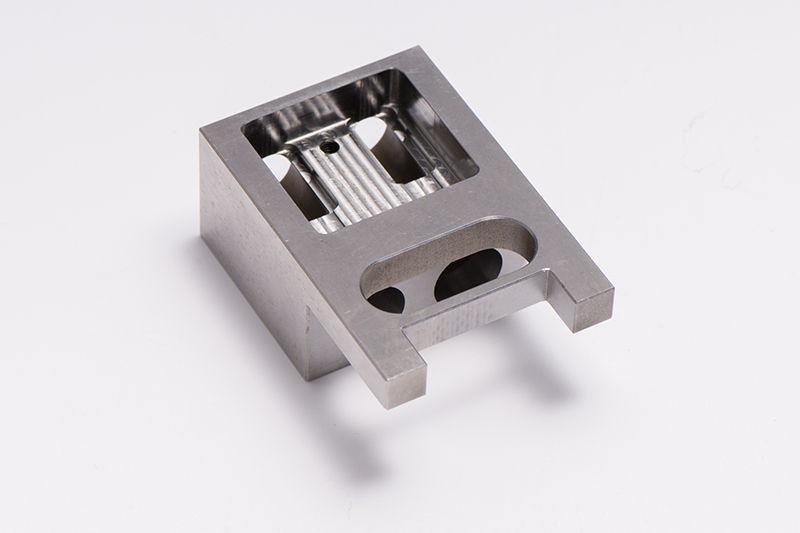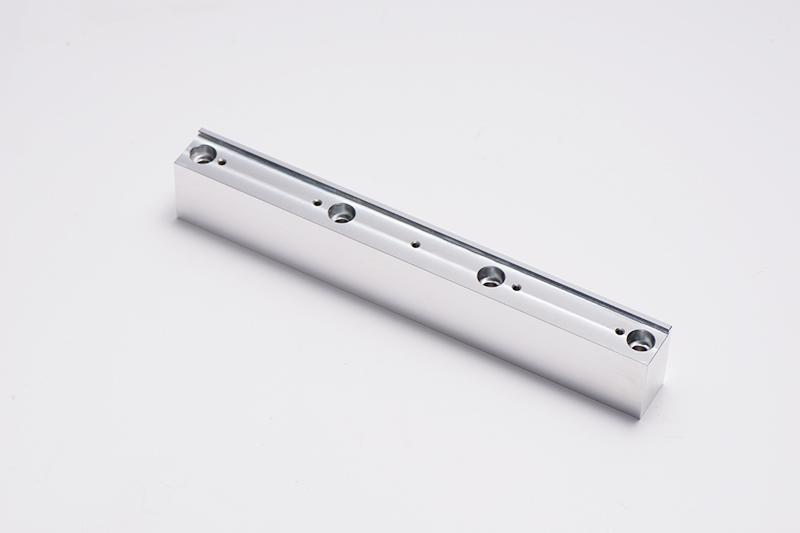
What is the difference between 3, 4, 5 axis CNC machining?
Three-axis CNC machining

Three-axis CNC milling remains one of the most popular and widely used machining processes. In three-axis machining, the workpiece remains stationary and a rotating tool cuts along the X, y, and Z axes. This is a relatively simple form of CNC machining that can produce products with simple structures. It is not suitable for machining products with complex geometries or parts
Four-axis CNC machining

A fourth axis is added to the kinematics of the tool, allowing rotation around the X axis. Now there are four axes x, y, z and a (rotation around x). Most 4-axis CNC machines also allow the workpiece to rotate, called the b-axis, so the machine can act as both a mill and a lathe, and 4-axis CNC machining is the best choice if you need to drill holes on the side of the part or on the surface of the cylinder. The processing process is greatly accelerated and the processing precision is high.
Five-axis CNC machining

5-axis machining means that when machining parts with complex geometries, the machine tool needs to be able to position and connect in five degrees of freedom. Compared with four-axis CNC milling, five-axis CNC milling has one more axis of rotation. The fifth axis rotates around the Y axis, also known as the b axis. The workpiece can also be rotated on some machines, sometimes called a b-axis or c-axis. The five-axis machine tool can machine different sides of the workpiece without changing the position of the workpiece on the machine tool, which can greatly improve the processing efficiency of prismatic parts. Due to the high versatility of five-axis CNC machining, it is used to manufacture complex precision parts. Such as medical parts, aerospace parts, titanium alloy parts, oil and gas machinery parts, etc.
What is the difference between 3, 4 axis and 5 axis CNC machining?
1. Principle: 3-axis has XYZ axis, 4-axis has x, y, Z axis, a, 5-axis has x, y, Z, W, B or x, y, Z, a, B axis
2. Machining features: For three-axis machining, the tool direction remains constant throughout the cutting path. The cutting state of the tool tip cannot be perfect in real time. For five-axis machining, the tool orientation can be optimized during the movement along the entire path, while the tool moves in a straight line. This way, the best cutting conditions are maintained throughout the path. For four-axis machining, a rotary axis is added to the three axes, which typically rotate 360° in the horizontal plane. But it cannot rotate at high speed. It is suitable for processing some box parts.